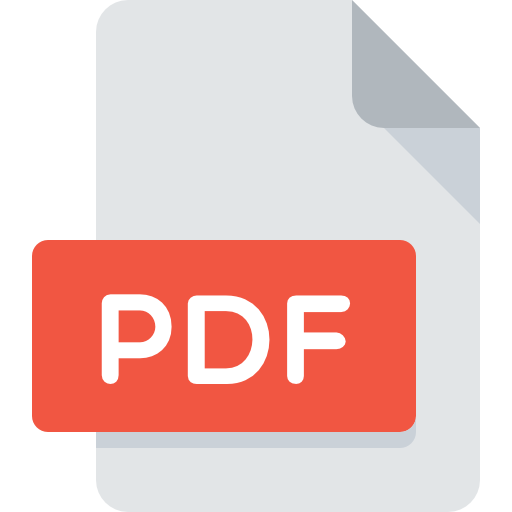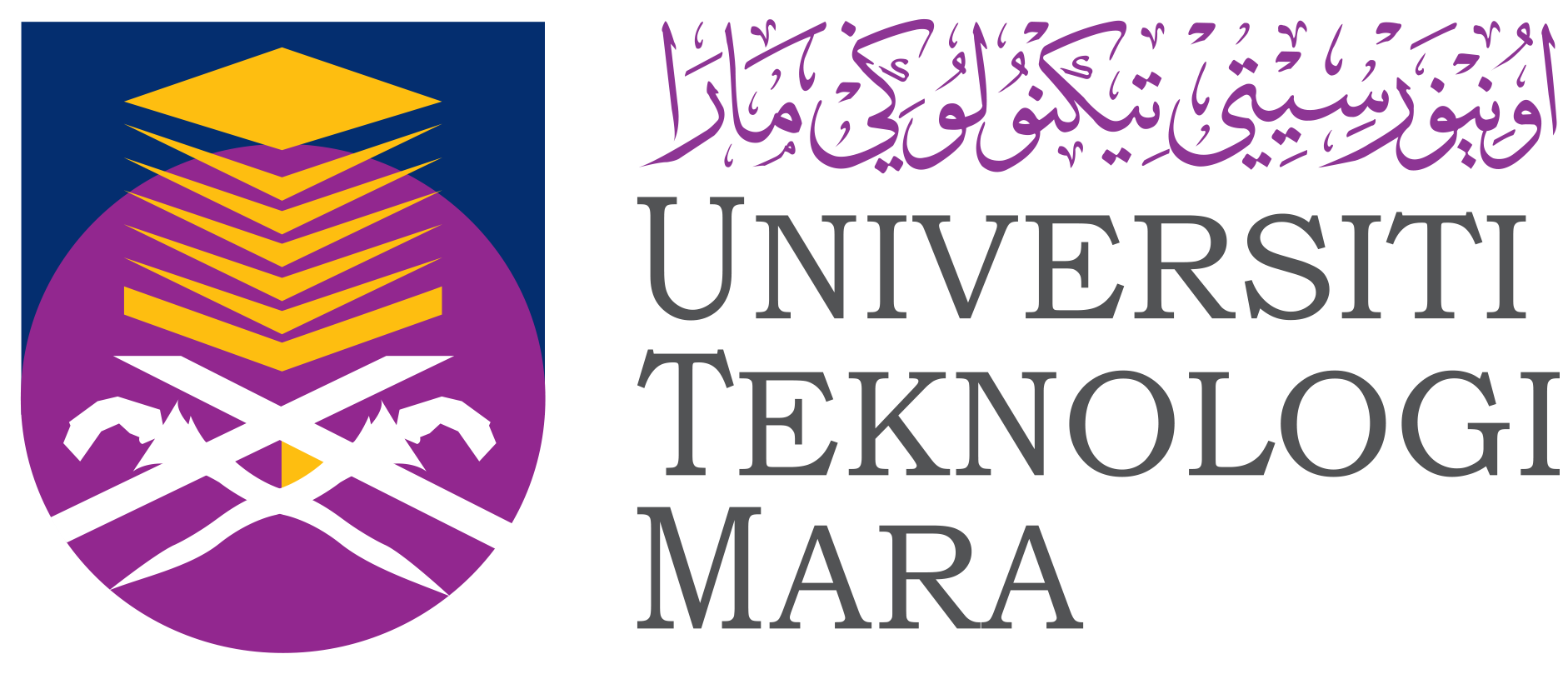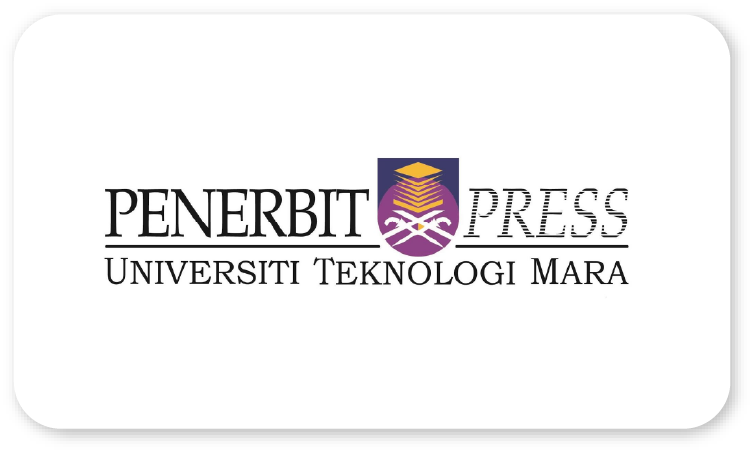
Improving argumentative writing performance among chinese EFL postgraduates using WeCWI-enabled tencent docs
Chen Chen
Academy of Language Studies, Universiti Teknologi MARA, Cawangan Pulau Pinang, 13500 Kampus Permatang Pauh, Pulau Pinang, Malaysia
Boon Yih Mah
Academy of Language Studies, Universiti Teknologi MARA, Cawangan Pulau Pinang, 13500 Kampus Permatang Pauh, Pulau Pinang, Malaysia
Norhaslinda Hassan
Academy of Language Studies, Universiti Teknologi MARA, Cawangan Pulau Pinang, 13500 Kampus Permatang Pauh, Pulau Pinang, Malaysia
Abstract
Argumentative writing is a type of academic writing that involves defending a specific viewpoint on a debatable issue to persuade the reader of its validity. Web-based Cognitive Writing Instruction (WeCWI) emphasises technology-enhanced explicit writing instruction and promotes joint construction between peers and instructors, yielding positive outcomes through computer-mediated L2 writing. In addition, it increases the opportunity for English input and output. This study examines how the WeCWI-enabled tool, Tencent Docs, impacts argumentative writing performance among postgraduate English as a Foreign Language (EFL) students, addressing factors that lead to poor writing outcomes. A quasi-experimental design was employed, wherein two intact classes were randomly assigned to one of two conditions: (1) WeCWI-enabled writing instruction (n=56) and (2) conventional writing instruction (n=55). An independent-sample t-test was conducted, revealing that students in the experimental group significantly outperformed those in the control group regarding overall writing scores and in the sub-scores for argument effectiveness and organisation. The findings suggest that WeCWI-enabled writing instruction is more effective than conventional writing instruction for enhancing argumentative writing skills. This effectiveness is attributed to the greater emphasis placed on reading, online discussions, explicit instruction, joint construction and collaborative reviewing, facilitated by the affordances of Tencent Docs. This study’s implications are significant for enhancing argumentative writing skills among Chinese EFL learners. Consequently, it is recommended that WeCWI be expanded across a broader range of educational settings further to facilitate the development of students’ argumentative writing abilities.
Keywords:EFL, Argumentative Writing, Postgraduates, WeCWI, Tencent Docs
References:
Abrams, Z. I. (2019). Collaborative writing and text quality in Google Docs. Language Learning & Technology, 23(2), 22–42. https://doi.org/10125/44681
Bacha, N. N. (2010). Teaching the academic argument in a university EFL environment. Journal of English for Academic Purposes, 9(3), 229–241. https://doi.org/10.1016/j.jeap.2010.05.001
Badger, R., & White, G. (2000). A process genre approach to teaching writing. ELT Journal, 54(2), 153–160. https://doi.org/10.1093/elt/54.2.153
Braaksma, M. A. H., Rijlaarsdam, G., Van Den Bergh, H., & Van Hout-Wolters, B. H. A. M. (2004). Observational learning and its effects on the orchestration of writing processes. Cognition and Instruction, 22(1), 1–36. https://doi.org/10.1207/s1532690Xci2201_1
Chapman, K. J., Meuter, M., Toy, D., & Wright, L. (2006). Can’t we pick our own groups? the influence of group selection method on group dynamics and outcomes. Journal of Management Education, 30(4), 557–569. https://doi.org/10.1177/1052562905284872
Cheng, A. (2021). The place of language in the theoretical tenets, textbooks, and classroom practices in the ESP genre-based approach to teaching writing. English for Specific Purposes, 64, 26–36. https://doi.org/10.1016/j.esp.2021.07.001
Chuang, P. L., & Yan, X. (2022). An investigation of the relationship between argument structure and essay quality in assessed writing. Journal of Second Language Writing, 56. https://doi.org/10.1016/j.jslw.2022.100892
Cohen, J. (1992). QUANTITATIVE METHODS IN PSYCHOLOGY A Power Primer.
Fan, C. Y., & Chen, G. D. (2021). A scaffolding tool to assist learners in argumentative writing. Computer Assisted Language Learning, 34(1–2), 159–183. https://doi.org/10.1080/09588221.2019.1660685
Ghanbari, N., & Salari, M. (2022). Problematizing Argumentative Writing in an Iranian EFL Undergraduate Context. Frontiers in Psychology, 13. https://doi.org/10.3389/fpsyg.2022.862400
Graham, S., McKeown, D., Kiuhara, S., & Harris, K. R. (2012). Supplemental Material for A Meta-Analysis of Writing Instruction for Students in the Elementary Grades. Journal of Educational Psychology, 104(4), 879–896. https://doi.org/10.1037/a0029185.supp
Granado-Peinado, M., Mateos, M., Martín, E., & Cuevas, I. (2019). Teaching to write collaborative argumentative syntheses in higher education. Reading and Writing, 32(8), 2037–2058. https://doi.org/10.1007/s11145-019-09939-6
Han, S. (2023). The contribution of blog-based writing instruction to enhancing writing performance and writing motivation of Chinese EFL learners. Frontiers in Psychology, 13. https://doi.org/10.3389/fpsyg.2022.1069585
Harris, K. R., Graham, S., Brindle, M., & Sandmel, K. (2009). Metacognition and students’ writing. In D. Hacker, J. Dunlosky, & A.
Graesser (Eds.), Handbook of metacognition in education (pp. 131–153). Lawrence Erlbaum Associates Inc.
Hirose, K. (2003). Comparing L1 and L2 organizational patterns in the argumentative writing of Japanese EFL students. Journal of Second Language Writing, 12(2), 181–209. https://doi.org/10.1016/S1060-3743(03)00015-8
Hsu, H.-C., Yuan, C., & Lo, Y.-F. (2018). Using wiki-mediated collaboration to foster L2 writing performance. Language Learning & Technology , 22, 103–123. https://doi.org/10125/44659
Hu, C. (2020). The Effects of Concept-maps-based Planning on Linguistic Performance in College English Writing. Nanjing University of Aeronautics and Astronautics.
Huang, Y., & Jun Zhang, L. (2020). Does a Process-Genre Approach Help Improve Students’ Argumentative Writing in English as a Foreign Language? Findings From an Intervention Study. Reading and Writing Quarterly, 36(4), 339–364. https://doi.org/10.1080/10573569.2019.1649223
Iordanou, K., & Rapanta, C. (2021). “Argue With Me”: A Method for Developing Argument Skills. Frontiers in Psychology, 12, 1–14. https://doi.org/10.3389/fpsyg.2021.631203
Johnson, M. D., & Abdi Tabari, M. (2023). Planning in L2 writing: A research synthesis and meta-analysis. System, 118. https://doi.org/10.1016/j.system.2023.103152
Kirschner, P. A., Sweller, J., Kirschner, F., & Zambrano, J. R. (2018). From Cognitive Load Theory to Collaborative Cognitive Load Theory. International Journal of Computer-Supported Collaborative Learning, 13(2), 213–233. https://doi.org/10.1007/s11412-018-9277-y
Koszalka, T. A., Pavlov, Y., & Wu, Y. (2021). The informed use of pre-work activities in collaborative asynchronous online discussions: The exploration of idea exchange, content focus, and deep learning. Computers and Education, 161. https://doi.org/10.1016/j.compedu.2020.104067
Kuhn, D., & Crowell, A. (2011). Dialogic argumentation as a vehicle for developing young adolescents’ thinking. Psychological Science, 22(4), 545–552. https://doi.org/10.1177/0956797611402512
Kwon, K., Shin, S., & Park, S. J. (2018). Effects of graphic organizers in online discussions: comparison between instructor-provided and student-generated. Educational Technology Research and Development, 66(6), 1479–1503. https://doi.org/10.1007/s11423-018-9617-7
Landrieu, Y., De Smedt, F., Van Keer, H., & De Wever, B. (2023). Argumentation in collaboration: the impact of explicit instruction and collaborative writing on secondary school students’ argumentative writing. Reading and Writing. https://doi.org/10.1007/s11145-023-10439-x
Lengeling, M. M., & Schneider, M. L. (2023). A Preservice Teacher’s Experiences Teaching English Abroad: From ESL to EFL. Profile: Issues in Teachers’ Professional Development, 25(2), 81–94. https://doi.org/10.15446/profile.v25n2.101608
Li, H. H., & Zhang, L. J. (2021). Effects of structured small-group student talk as collaborative prewriting discussions on Chinese university EFL students’ individual writing: A quasi-experimental study. PLoS ONE, 16(5 May 2021). https://doi.org/10.1371/journal.pone.0251569
Li, M., & Storch, N. (2017). Second language writing in the age of CMC: Affordances, multimodality, and collaboration. In Journal of Second Language Writing (Vol. 36, pp. 1–5). Elsevier Ltd. https://doi.org/10.1016/j.jslw.2017.05.012
Liao, M., & Liao, Y. (2022). Improving Chinese College Students’ Argumentative Writing: A Presentation-Assimilation-Discussion-Exercise Approach. Frontiers in Psychology, 13. https://doi.org/10.3389/fpsyg.2022.874531
Liu, Z., Kong, X., Liu, S., & Yang, Z. (2023). Effects of computer-based mind mapping on students’ reflection, cognitive presence, and learning outcomes in an online course. Distance Education, 44(3), 544–562. https://doi.org/10.1080/01587919.2023.2226615
Lv, X., Ren, W., & Xie, Y. (2021). The Effects of Online Feedback on ESL/EFL Writing: A Meta-Analysis. Asia-Pacific Education Researcher, 30(6), 643–653. https://doi.org/10.1007/s40299-021-00594-6
Mah, B. Y. (2014). Web-Based Cognitive Writing Instruction (WeCWI) A Hybrid e-Framework for Instructional Design. International Journal of Social, Management, Economics and Business Engineering , 8(12), 3217–3220.
Mah, B. Y. (2015). Web-Based Cognitive Writing Instruction (WeCWI) A Theoretical-and-Pedagogical e-Framework for Language Development. International Journal of Social, Education, Economics and Management Engineering, 9(2), 354–358.
Mah, B. Y. (2022). WeCWI-Enhanced 21CLD: Transform Learning into Enriched Pedagogical Experience.
Mateos, M., Martín, E., Cuevas, I., Villalón, R., Martínez, I., & González-Lamas, J. (2018). Improving Written Argumentative Synthesis by Teaching the Integration of Conflicting Information from Multiple Sources. Cognition and Instruction, 36(2), 119–138. https://doi.org/10.1080/07370008.2018.1425300
Miller, R. T., Mitchell, T. D., & Pessoa, S. (2016). Impact of source texts and prompts on students’ genre uptake. Journal of Second Language Writing, 31, 11–24. https://doi.org/10.1016/j.jslw.2016.01.001
Nussbaum, E. M., & Schraw, G. (2007). Promoting Argument-Counterargument Integration in Students’ Writing. The Journal of Experimental Education, 76(1), 59–92.
Peng, S. (2019). A Study of the Differences between EFL and ESL for English Classroom Teaching in China. IRA International Journal of Education and Multidisciplinary Studies, 15(1), 32. https://doi.org/10.21013/jems.v15.n1.p4
Prata, M. J., de Sousa, B., Festas, I., & Oliveira, A. L. (2019). Cooperative methods and self-regulated strategies development for argumentative writing. Journal of Educational Research, 112(1), 12–27. https://doi.org/10.1080/00220671.2018.1427037
Qin, J. (2009). The Analysis of Toulmin Elements and Use of Sources in Chinese University EFL Argumentative Writing. Northern Arizona University.
Qin, J., & Karabacak, E. (2010). The analysis of Toulmin elements in Chinese EFL university argumentative writing. System, 38(3), 444–456. https://doi.org/10.1016/j.system.2010.06.012
Rapanta, C., & Felton, M. K. (2022). Learning to Argue Through Dialogue: a Review of Instructional Approaches. Educational Psychology Review, 34(2), 477–509. https://doi.org/10.1007/s10648-021-09637-2
Robinson, D. H., Katayama, A. D., & Fan, A. C. (1996). Evidence for conjoint retention of information encoded from spatial adjunct displays. Contemporary Educational Psychology, 21(3), 221–239. https://doi.org/10.1006/ceps.1996.0020
Roussey, J.-Y., & Gombert, A. (1996). Improving Argumentative Writing Skills: Effect of Two Types of Aids. Argumentation, 10, 283–300.
Schmidt, R. W. (1990). The role of consciousness in second language learning. Applied Linguistics, 11(2), 129–158. https://doi.org/10.1093/applin/11.2.129
Sethuraman, M., & Radhakrishnan, G. (2020). Promoting cognitive strategies in second language writing. Eurasian Journal of Educational Research, 2020(88), 105–120. https://doi.org/10.14689/ejer.2020.88.5
Stapleton, P., & Wu, Y. (Amy). (2015). Assessing the quality of arguments in students’ persuasive writing: A case study analyzing the relationship between surface structure and substance. Journal of English for Academic Purposes, 17, 12–23. https://doi.org/10.1016/j.jeap.2014.11.006
Stern, H. H. (1983). Fundamental Concepts of Language Teaching. Oxford University Press.
Swain, M. (1995). Three functions of output in second language learning. In G. Cook & B. Seidhofer (Eds.), Principles and practice in applied linguistics (pp. 125–144). Oxford University Press.
Swain, M. (2000). The output hypothesis and beyond: Mediating acquisition through collaborative dialogue. In J. P. Lantolf (Ed.), Sociocultural theory and second language learning (pp. 97–114). Oxford University Press.
Turcotte, C., Berthiaume, R., & Caron, P. O. (2018). Description and interactions of informative text structure knowledge and skills of French-speaking Grade 6 students. Reading and Writing, 31(9), 2147–2164. https://doi.org/10.1007/s11145-018-9875-0
Van Boxtel, C., Van Der Linden, J., & Kanselaar, G. (2000). Collaborative learning tasks and the elaboration of conceptual knowledge. In Learning and Instruction (Vol. 10). www.elsevier.com/locate/learninstruc
Watson, S. L., Koehler, A. A., Ertmer, P., Kim, W. R., & Rico, R. (2017). An expert instructor’s use of social congruence, cognitive congruence, and expertise in an online case-based instructional design course. Interdisciplinary Journal of Problem-Based Learning, 12(1). https://doi.org/10.7771/1541-5015.1633
Wette, R. (2017). Using mind maps to reveal and develop genre knowledge in a graduate writing course. Journal of Second Language Writing, 38, 58–71. https://doi.org/10.1016/j.jslw.2017.09.005
Zhang, M. (2021). Understanding L1 and L2 interaction in collaborative writing: A lexico-grammatical analysis. Language Teaching Research, 25(3), 338–359. https://doi.org/10.1177/1362168819859911
Zhang, W. (2020). Effects of the Production-Oriented Approach on EFL Learners’ Writing Performance in China’s Tertiary Education. Chinese Journal of Applied Linguistics, 43(3), 323–341. https://doi.org/10.1515/CJAL-2020-0021



